First Ride: Aprilia RST1000 Futura - Motorcycle.com
Torrance, California, 22 June 2001
Initially, the opening line of this story was going to read: "Pardon us if we don't gush all over Aprilia's all-new RST 1000 Futura like people expect us to."
After spending the perfunctory getting-to-know-you period with the Futura, we were less than amazed. Not that there was anything wrong with the bike, mind you. It just didn't tickle our nether regions like we expected it to. But once we started to spend some more time on the bike, we began dispensing of hundreds of miles at a time and, almost magically, our opinion of the bike changed.
Right now, Aprilia is really doing the biz, popping out bikes left and right, seemingly with each one going straight to the top of its class. In addition to their numerous championships in various two-wheeled disciplines, the success of their recent entries into the street bike market have caught a number of people by surprise. Including us. Aprilia's Mille won our Open Twins shootout, their Falco quickly became a staff favorite and their Scarabeo 150 is practically Italian sex in a practical package. All juicy, emotional stuff, no doubt. So why the lack-luster initial response to the Futura?
The Futura's "V990" motor has Mille bloodlines, though it has been altered to make it more appealing to the touring crowd. The motor is in a more sedate state of tune than even the SL1000 Falco. Aprilia claims that this re-tuning makes the new motor, "not just suitable, but rather ideal," for sport-touring use.
Still displacing 997.62 cubic centimeters, the 60-degree v-twin features four valves per cylinder and camshafts driven by a combination gear/chain system, just like on the Falco and Mille. Similarly, the motor retains Aprilia's Anti Vibration Double Countershaft (AVDC) balancing countershaft and also uses their patented Pneumatic Power Clutch (PPC) that keeps the back wheel from chattering on downshifts during hard braking.
The entire electronic fuel-injection system gets a serious once-over as well, courtesy of the people at Sagem. This all starts with the control unit taking note of things every 10-degrees of crankshaft rotation. Their control module is able to sense acceleration or the release of the throttle in order to optimize the fuel-air mixture for the smoothest delivery of power. The fuel mapping is, of course, changed from the Mille and Falco, and is different in each cylinder to make sure things burn as efficiently as possible.
Wrapped around the new motor is a frame that resembles that of the Mille, though it features a number of important changes. For starters, the steering stem has been lengthened by four millimeters while the lower triple clamp has been brought forward by five millimeters, increasing the wheelbase and the amount of rake. The engine also finds itself in a new location within the frame. Of course, the purpose of these changes is to tailor the bike's road behavior towards the touring end of the spectrum, without detracting too much from the sort of track duty the RSV Mille has become known for.
Hanging off the rear of the Futura you'll find a nice bit of eye candy in the single-sided swingarm, made of aluminum alloy. Aprilia claims they've used a one-armer because it allows swift removal of the rear wheel (only one nut holds it in place) and because it allows them to use a nifty, under-seat exhaust system.
Rear suspension is handled by a Sachs shock that is, again, adjustable for preload and rebound damping, though there are no signs of a compression adjuster back here either. The rear suspension works through a linkage and the rear shock features a nifty knob located under the left side of the seat for on-the-fly preload tweaks.
More by Motorcycle Online Staff



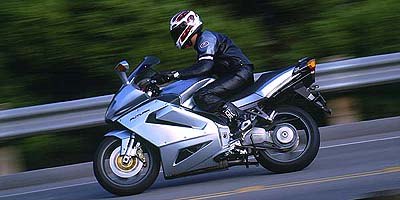




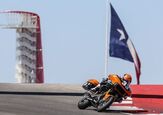



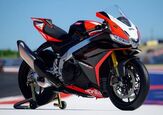

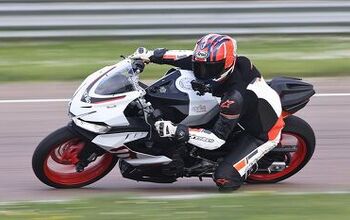
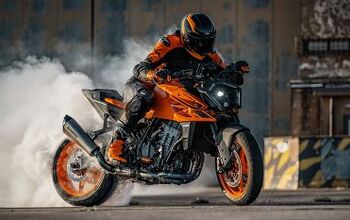
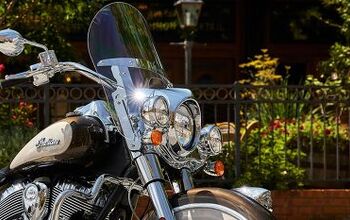
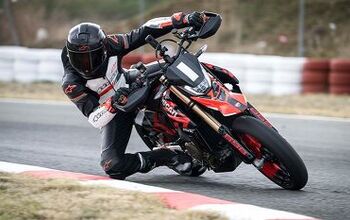
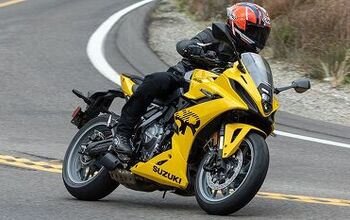

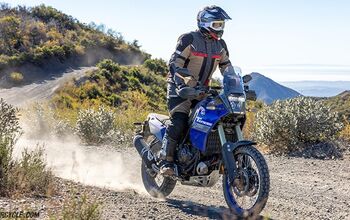

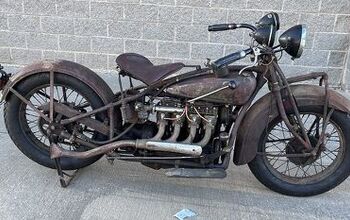

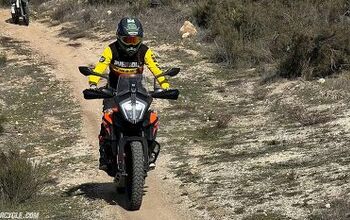
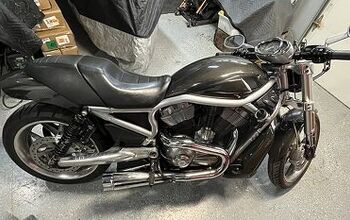

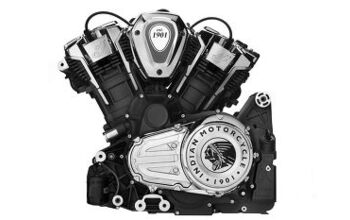
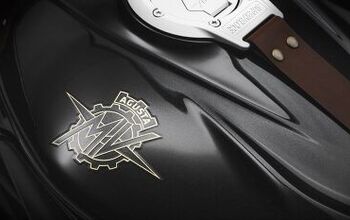
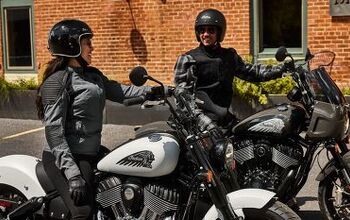
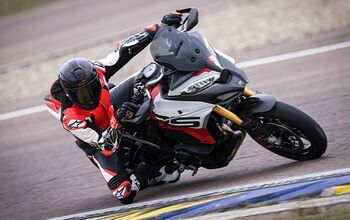
Comments
Join the conversation